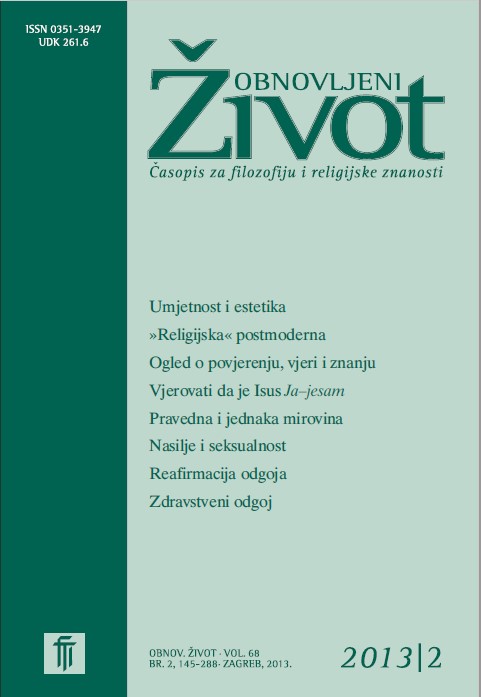In Favour of the Inductive Method in Homilies
Keywords:
inductive method, homily, general and abstract homily, preaching, The Second Vatican Council, Benedict XVIAbstract
The ancient understanding of the homily as a close conversation directed towards the community is the authors’ starting point in this article. One of the characteristic features of such a homily is to be found in the documents of the Second Vatican Council, particularly Presbyterorum Ordinis, and in the documents of Pope Benedict XVI, Sacramentum Caritatis and Verbum Domini which make mention of avoiding “general and abstract” homilies. The American Bishops’ document, “Fulfilled in Your Hearing,” is cited by the authors as stressing the importance that the homily be concrete. Two methods may be used in shaping a homily: the deductive and the inductive. Their arguments purport that the deductive method is characterised by “the general and abstract” homily. They argue that if the “general and abstract” homily, which is mentioned in the documents, is to be avoided, the inductive method is implied. The arguments for their thesis are supported by the characteristic features of the homily and the inductive method per se.
Downloads
Published
Issue
Section
License
Jednom prihvaćeni članak obvezuje autora da ga ne smije objaviti drugdje bez dozvole uredništva, a i tada samo uz bilješku da je objavljen prvi put u Obnovljenom životu. Uredništvo će obavijestiti autora o prihvaćanju ili neprihvaćanju članka za objavljivanje.
Članci objavljeni u časopisu se, uz prikladno navođenje izvora, smiju besplatno koristiti u obrazovne i druge nekomercijalne svrhe.


